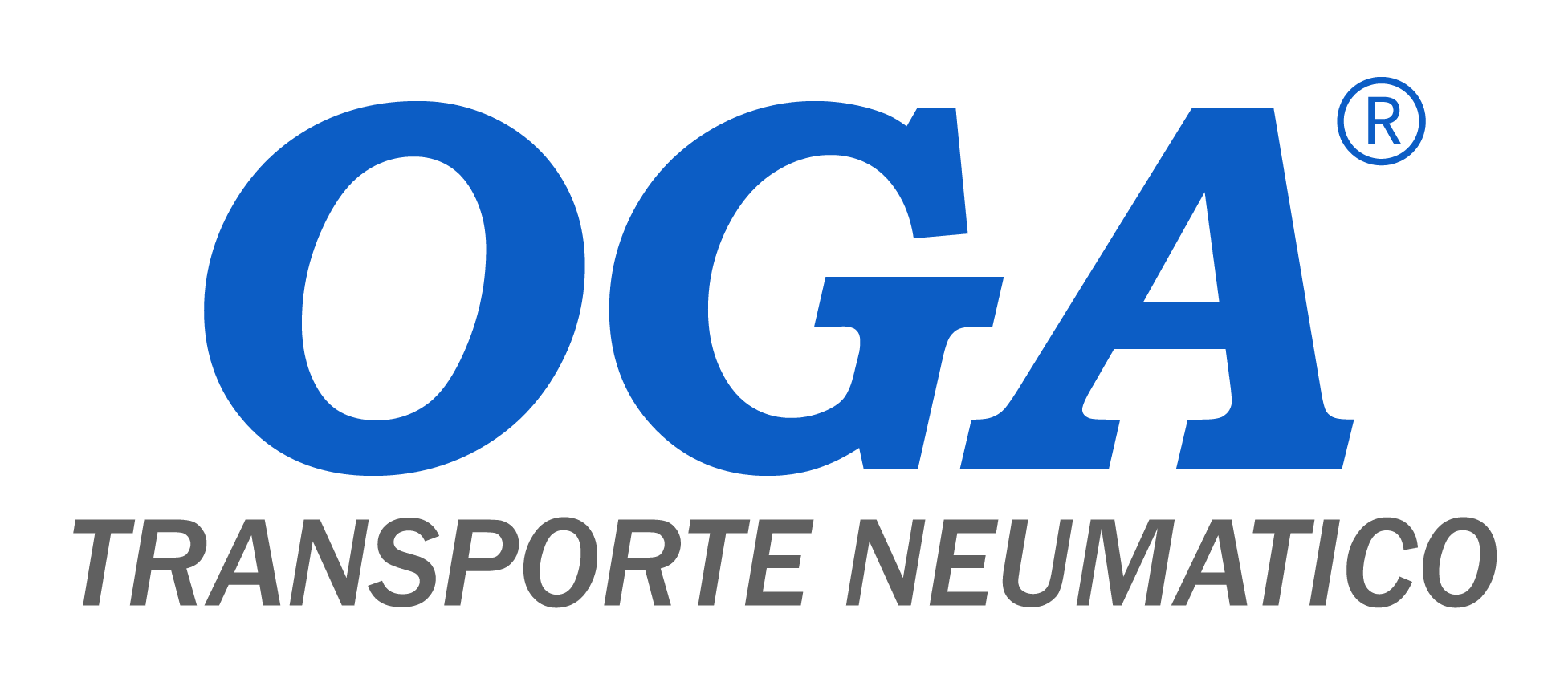









Design and manufacturing of tailor-made systems for your industry, with global coverage.
Design and manufacturing of tailor-made systems for your industry, with global coverage.
Design and manufacturing of tailor-made systems for your industry, with global coverage.
Design and manufacturing of tailor-made systems for your industry, with global coverage.
Design and manufacturing of tailor-made systems for your industry, with global coverage.
Design and manufacturing of tailor-made systems for your industry, with global coverage.
Design and manufacturing of tailor-made systems for your industry, with global coverage.
Design and manufacturing of tailor-made systems for your industry, with global coverage.
Design and manufacturing of pneumatic transport systems applied to multiple industries.
Design and manufacturing of pneumatic transport systems applied to multiple industries.










Benefits and Advantages of Pneumatic Conveying Systems
Definition and Types of Pneumatic Conveying Systems
At the heart of industries such as food, plastics, pharmaceuticals, and more, pneumatic conveying systems efficiently handle solid and granular materials. Explore the definition and types of pneumatic conveying systems and discover their key benefits for optimizing your industrial processes.
1. Speed and Safety in Movement
Speed is crucial in any industrial operation. Pneumatic conveying systems move materials at impressive speeds, ensuring efficient and seamless handling. Moreover, the absence of moving parts reduces the risk of accidents, prioritizing safety in your plant.
2. Zero Cross-Contamination
The integrity of your products is paramount. With pneumatic conveying, you can rest assured that handling occurs in a closed environment controlled by compressed air. This eliminates any possibility of cross-contamination, maintaining the purity of your products.
3. Quiet and Eco-Friendly
Environmental respect is essential in modern industry. Pneumatic conveying systems operate with minimal noise levels, creating a more comfortable and safer working environment. Additionally, by using compressed air, they do not generate harmful emissions, contributing to a cleaner and more sustainable environment. By using closed systems and avoiding the release of dust and contaminants into the environment, stricter environmental regulations are met, which can reduce penalties and fines.
4. Minimization of Losses and Spills
Every gram of material is valuable. With pneumatic conveying, handling is precise and controlled, minimizing losses and spills. This translates into greater efficiency and tangible return on investment.
5. Real-Time Total Control.
Technology advances, and so do we. Our pneumatic conveying systems are equipped with advanced real-time monitoring and control. This gives you complete control over your process, allowing you to adjust and optimize on the fly, without delays or complications.
6. Space Savings:
Pneumatic conveying systems take up less physical space compared to other material transport methods, as they do not require large storage areas or space for mechanical conveyors.
7. Labor Force Reduction:
By automating the material transportation process, the need for manual labor in loading, unloading, and moving materials is reduced, saving labor costs and minimizing the potential for injuries from repetitive physical exertion.
8. Simplified Maintenance and Cleaning:
Pneumatic conveying systems tend to require less maintenance than mechanical systems, and their closed design facilitates cleaning and prevents the accumulation of residues.
Definition and Types of Pneumatic Transport.
Dense Phase System.
When pneumatic conveying requires a large amount of material in the transport pipeline, it is called dense phase pneumatic conveying. This enables the movement of large quantities of material in short periods, and is often used for material movement over long distances in substantial flows.
It is important to note that not all materials can be transported in this manner; certain characteristics must be met for dense phase conveying to be successful. This type of conveying is suitable for highly abrasive products or pre-mixed blends; its low velocity minimizes the possibility of demixing.
A characteristic feature of these systems is that the volume ratio of air to product is 90 parts product to 10 parts air, with a differential pressure exceeding 4 atm.
Dilute Phase System.
In this type of conveying, a large amount of air suspends the material inside the pipeline. Concentrations in volume are typically around 90 parts air and 10 parts product, and pressure differentials vary with the installation’s elevation above sea level; however, system pressure generally ranges from 0 to 0.8 atm.
Dilute phase conveying systems are characterized by high speeds in the movement of raw materials in process, resulting from the high percentage of air compared to the transport material.
Semi-Dense Phase System.
This type of conveying combines fundamental aspects of Dense Phase and Dilute Phase systems, creating a compact solution with a medium amount of air in the process, typically used in vertical transport sections. This type of conveying is used in bulk unloading from pressurizable hopper cars, typically with pressure differentials of 1 to 2 atm.
Dilute Phase Pressure System.
In this type of conveying, a source of air pressure generation is used at a maximum differential of 1 atm. Through oil-free rotary lobe blowers, these devices introduce atmospheric air flow into a transport pipeline onto which the product to be transported is introduced through rotary valves that seal the pipeline but allow entry of the product, which dissolves in the air stream, enabling movement from the point of origin to the destination point, which is normally at atmospheric pressure.
Dilute Phase Vacuum System.
The driving force for these systems is atmospheric pressure. Vacuum is generated in this architecture through oil-free rotary lobe blowers, which typically generate a pressure differential equivalent to 50% of the atmosphere at the installation site of the system, making these systems highly sensitive to elevation above sea level where they are implemented.
The basic architecture includes a material source, a transport pipeline, an atmospheric air entry system at the starting point of transport, a solid product separator at the end point of transport, and a vacuum blower. These systems are typically used over distances of less than 30 meters and low transport heights.







